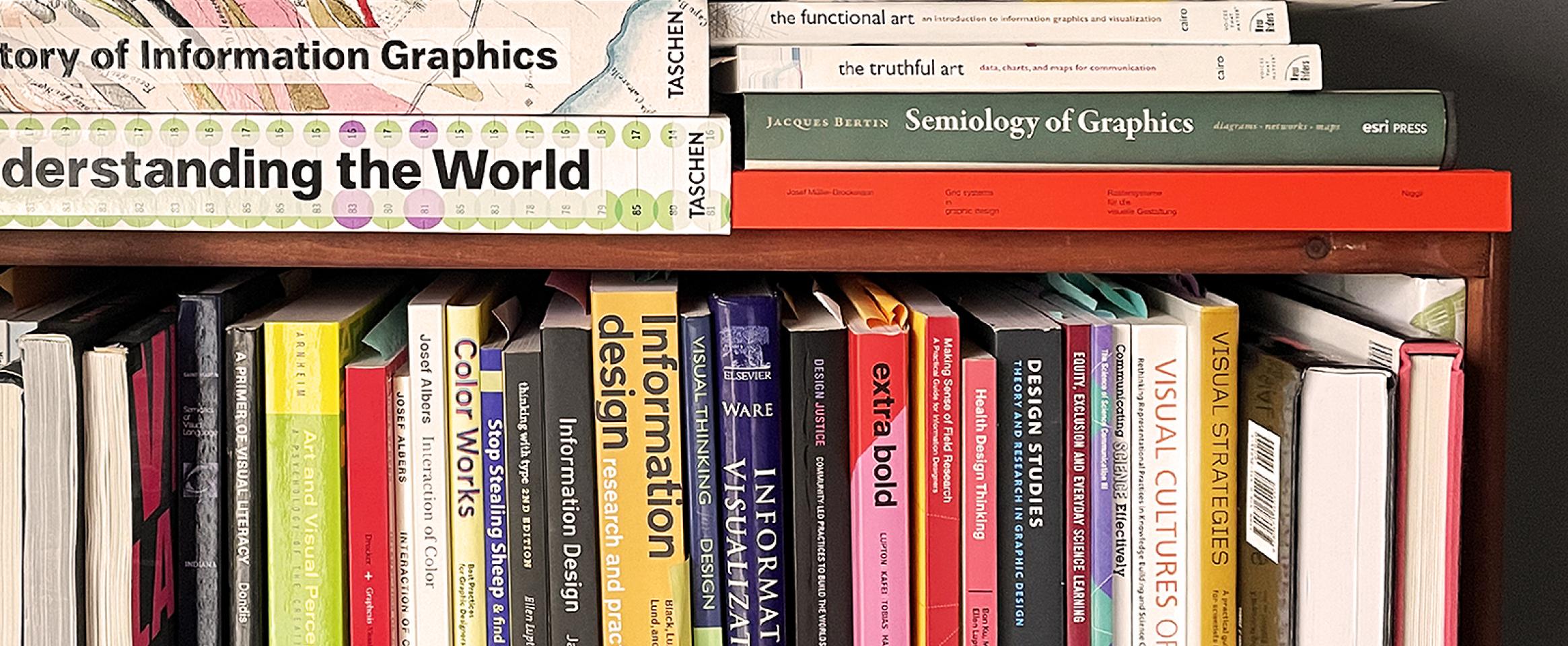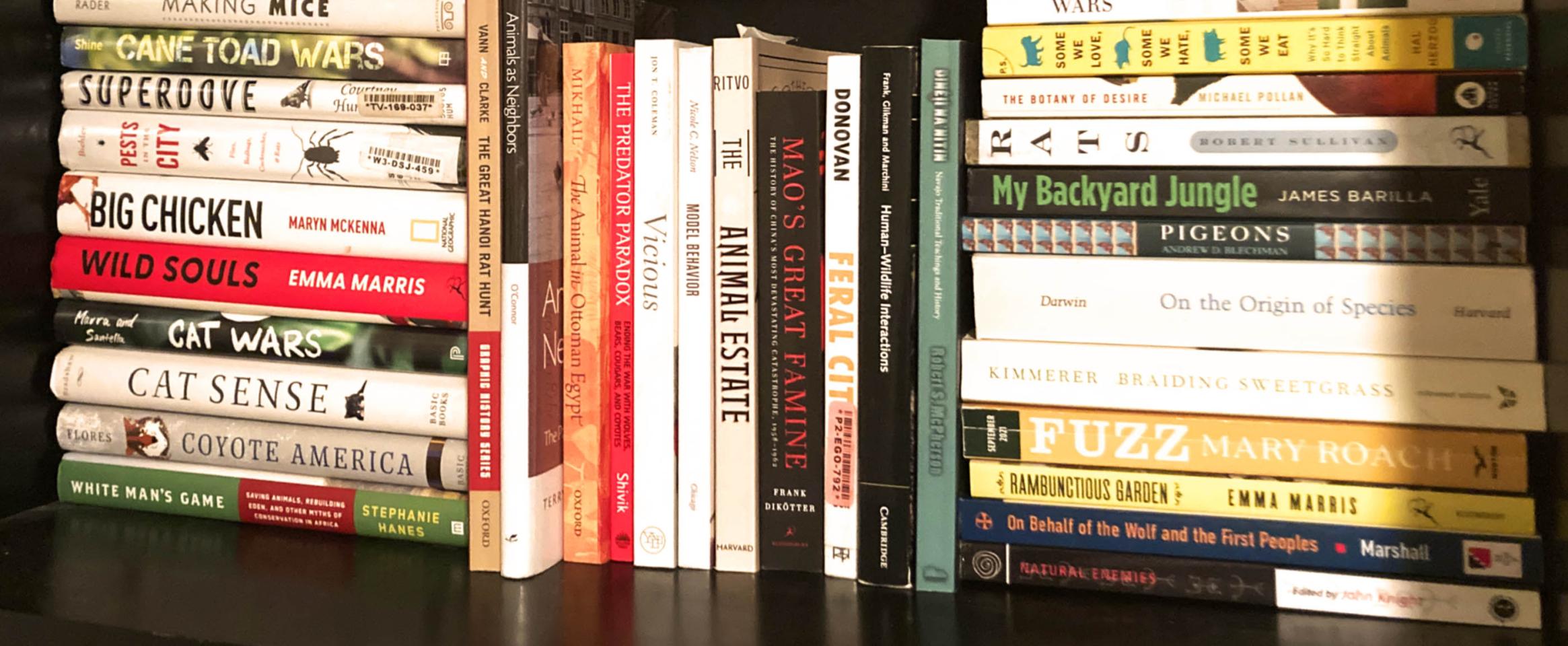
Dennis Meredith—The Climate Pandemic: How Climate Disruption Threatens Human Survival
Climate disruption occurs almost too slowly to fear, Dennis Meredith asserts in The Climate Pandemic: How Climate Disruption Threatens Human Survival. The innate human “optimism bias” thwarts efforts to halt rising global temperatures, acidifying oceans, disappearing forests, and increasing wildfires. With 1700 references, “this book is not a wake-up call,” he insists. “It may well be taps.”








